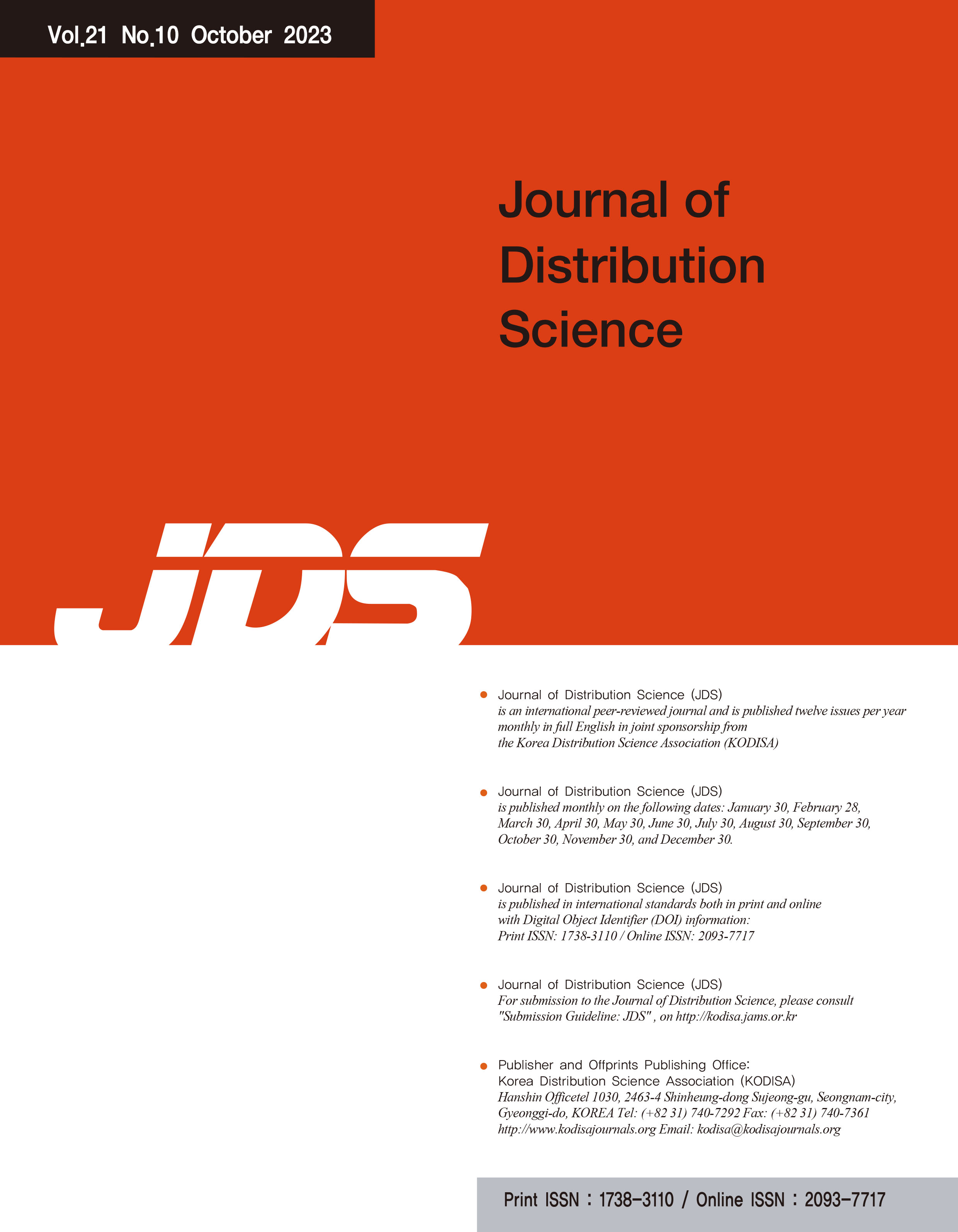 ISSN : 1738-3110
ISSN : 1738-3110
Article Contents
- 2025 (Vol.23)
- 2024 (Vol.22)
- 2023 (Vol.21)
- 2022 (Vol.20)
- 2021 (Vol.19)
- 2020 (Vol.18)
- 2019 (Vol.17)
- 2018 (Vol.16)
- 2017 (Vol.15)
- 2016 (Vol.14)
- 2015 (Vol.13)
- 2014 (Vol.12)
- 2013 (Vol.11)
- 2012 (Vol.10)
- 2011 (Vol.9)
- 2010 (Vol.8)
- 2009 (Vol.7)
- 2008 (Vol.6)
- 2007 (Vol.5)
- 2006 (Vol.4)
- 2005 (Vol.3)
- 2004 (Vol.2)
- 1999 (Vol.1)
Integrating TAM, TPB, and Time-Saving Orientation to Predict Continued Use of Online Food Delivery: Customer Experience in Distribution Services
Listia NURJANAH (Batam International University)
Alifia Lisda Zetty AQMI (Batam International University)
Edy YULIANTO (Batam International University)
Abstract
Purpose: Digital food services offer convenience and flexibility for consumers to order food anytime, anywhere, due to evolving consumer preferences. However, these safety issues in food distribution (online food delivery) must be addressed to ensure consumer safety. This study aims to address the gap in understanding how time-saving orientation interacts with established models (TAM and TPB) to influence continued use intention for OFD apps in the Indonesian context. Research design, data and methodology: The study explores the factors influencing users' intention to continue using online food delivery applications, incorporating the Technology Acceptance Model (TAM), Theory of Planned Behavior (TPB), and Time Saving Orientation (TSO). Using a sample of 413 OFD app users in Indonesia, data was collected through a questionnaire and analysed using PLS-SEM. Result: Results indicate that time-saving orientation is the strongest predictor of continued use intention (β = 0.161, p < 0.003), followed by perceived usefulness (β = 0.169, p < 0.000) and perceived ease of use (β = 0.275, p < 0.000). Conclusions: This research contributes to the literature by demonstrating the importance of timesaving considerations in OFD app adoption and use, offering insights for scholars and practitioners in the digital food service industry.
- keywords
- Online food delivery¸ TAM, TPB, Time Saving Orientation, Behavioral Intention.
- Submission Date
- 2024-12-01
- Revised Date
- 2025-01-07
- Accepted Date
- 2025-03-05

